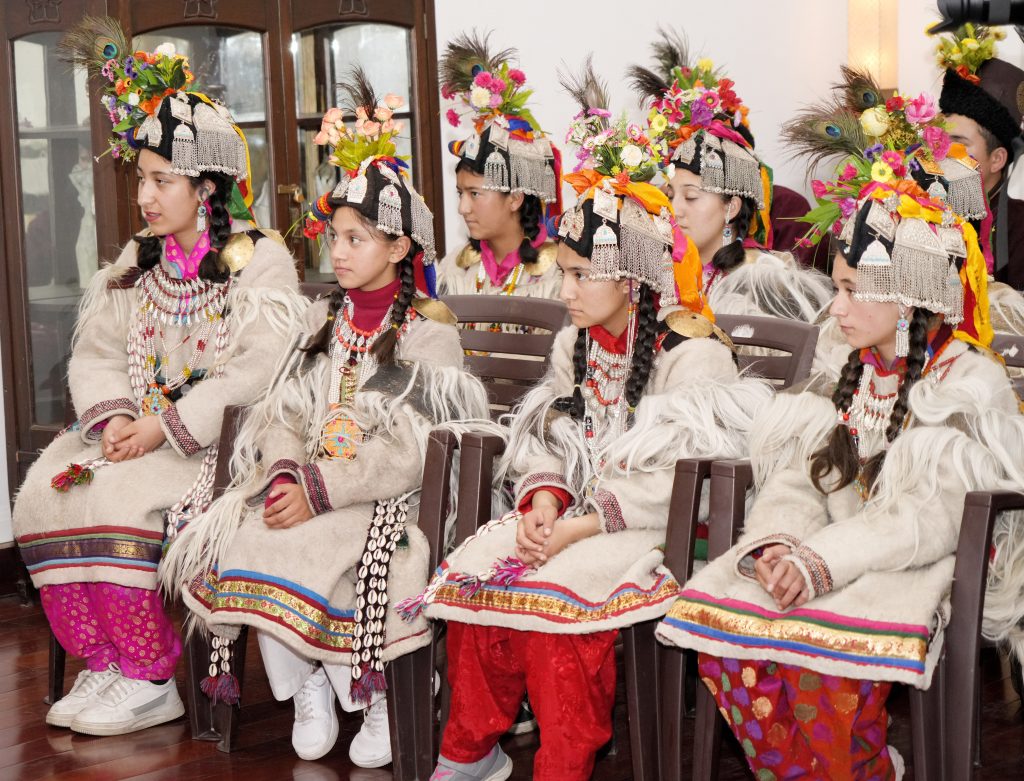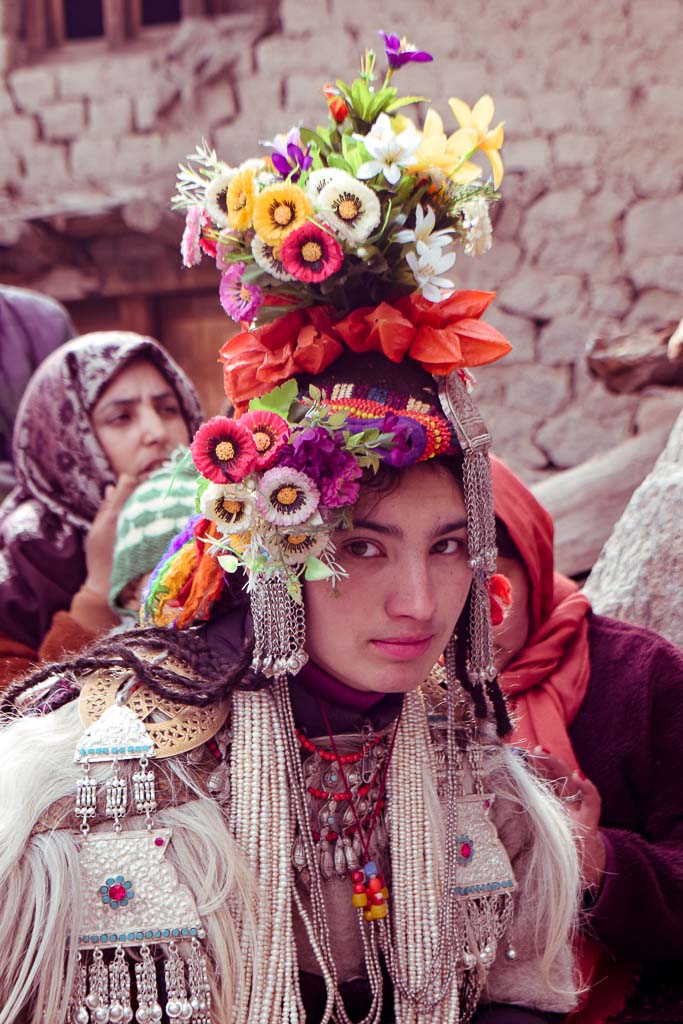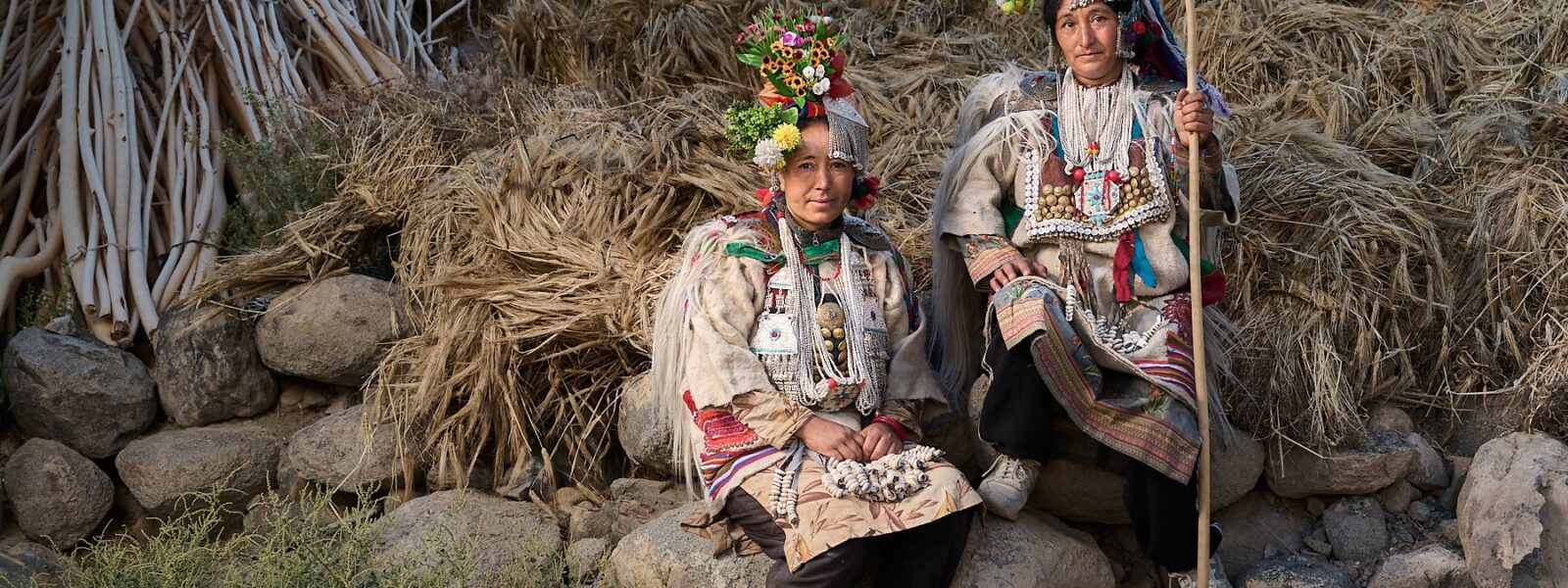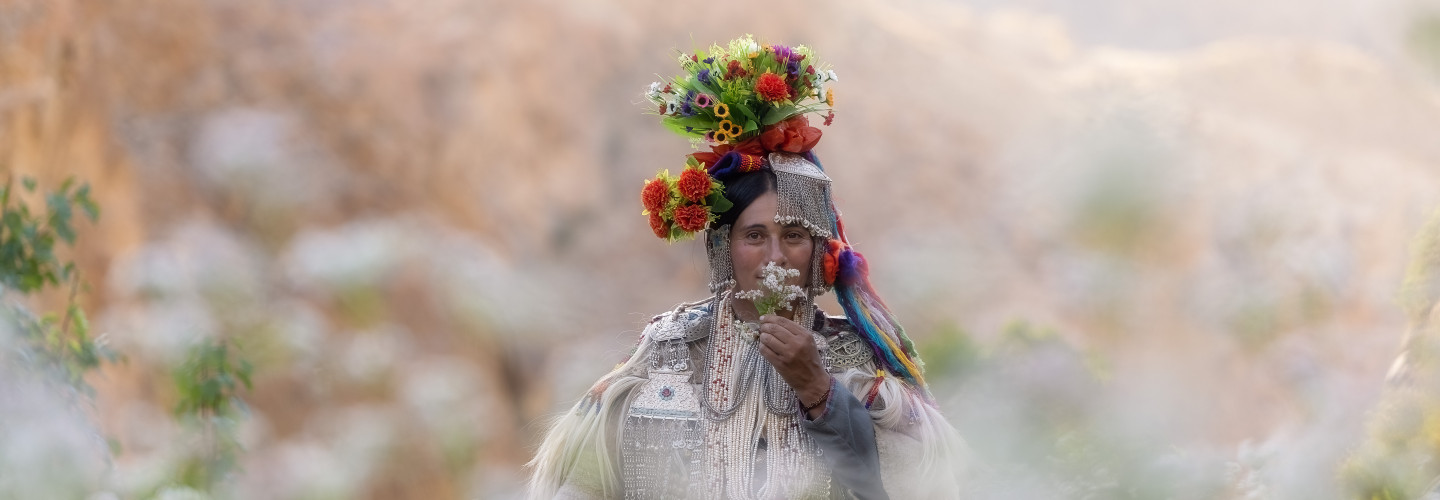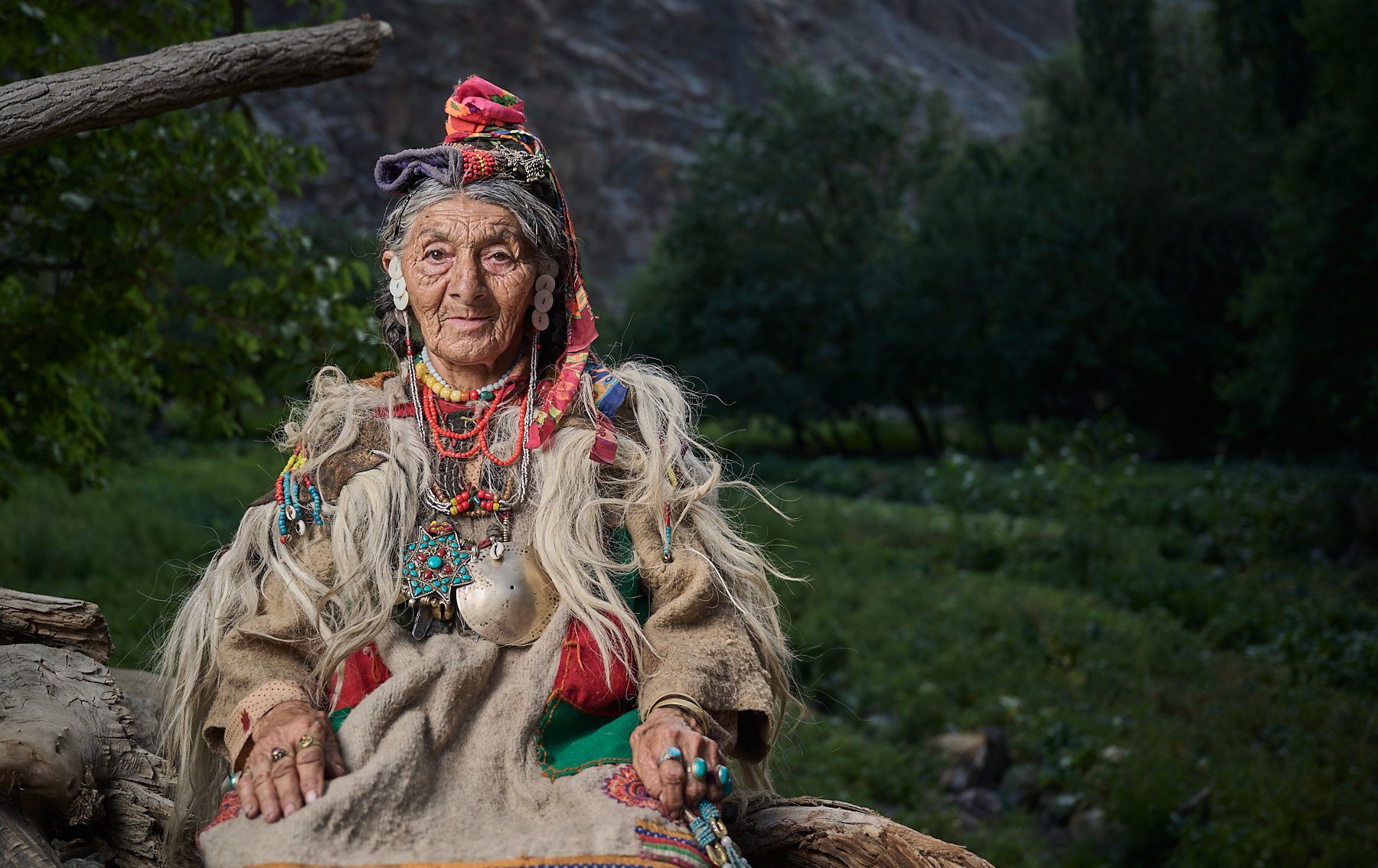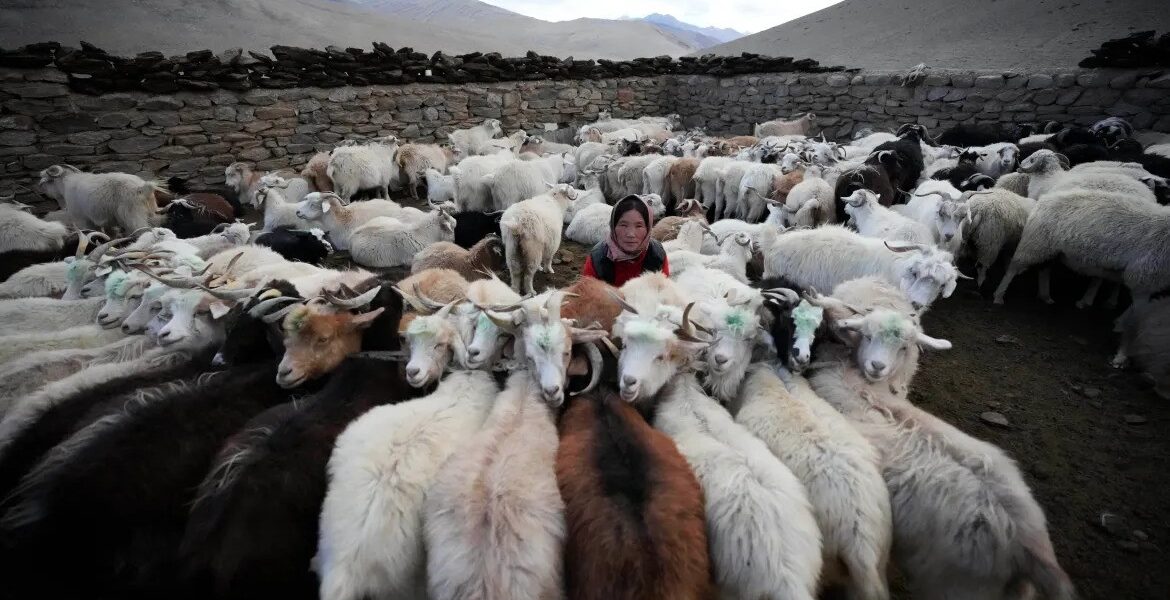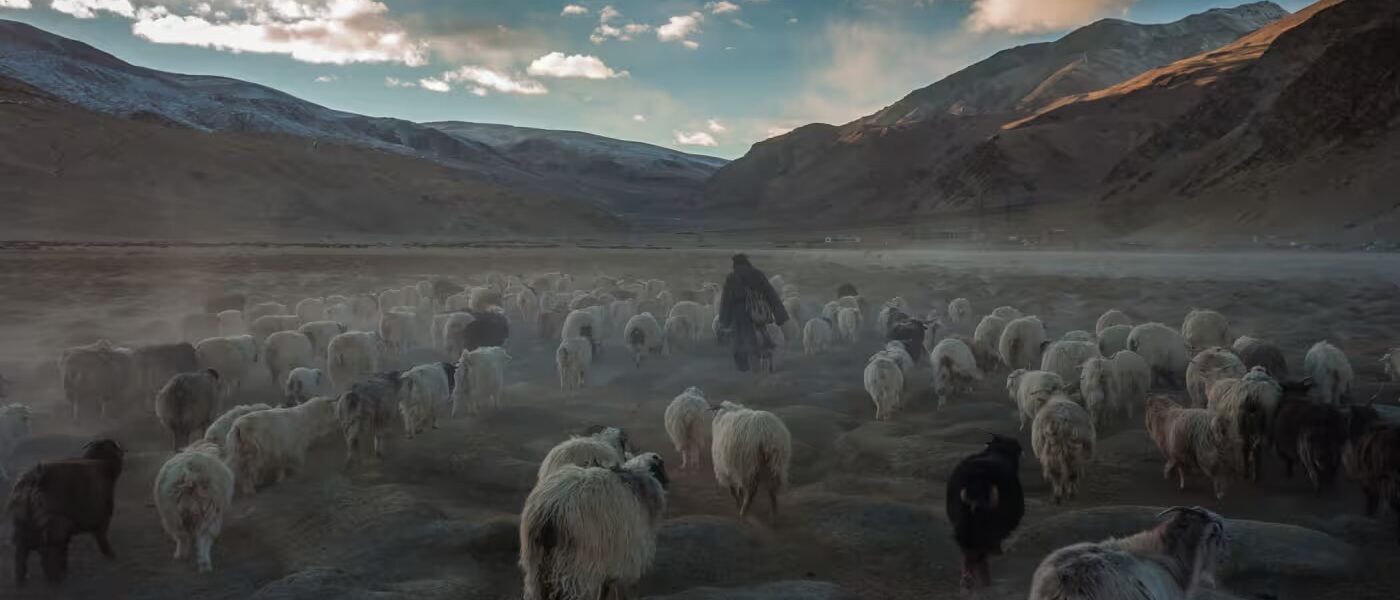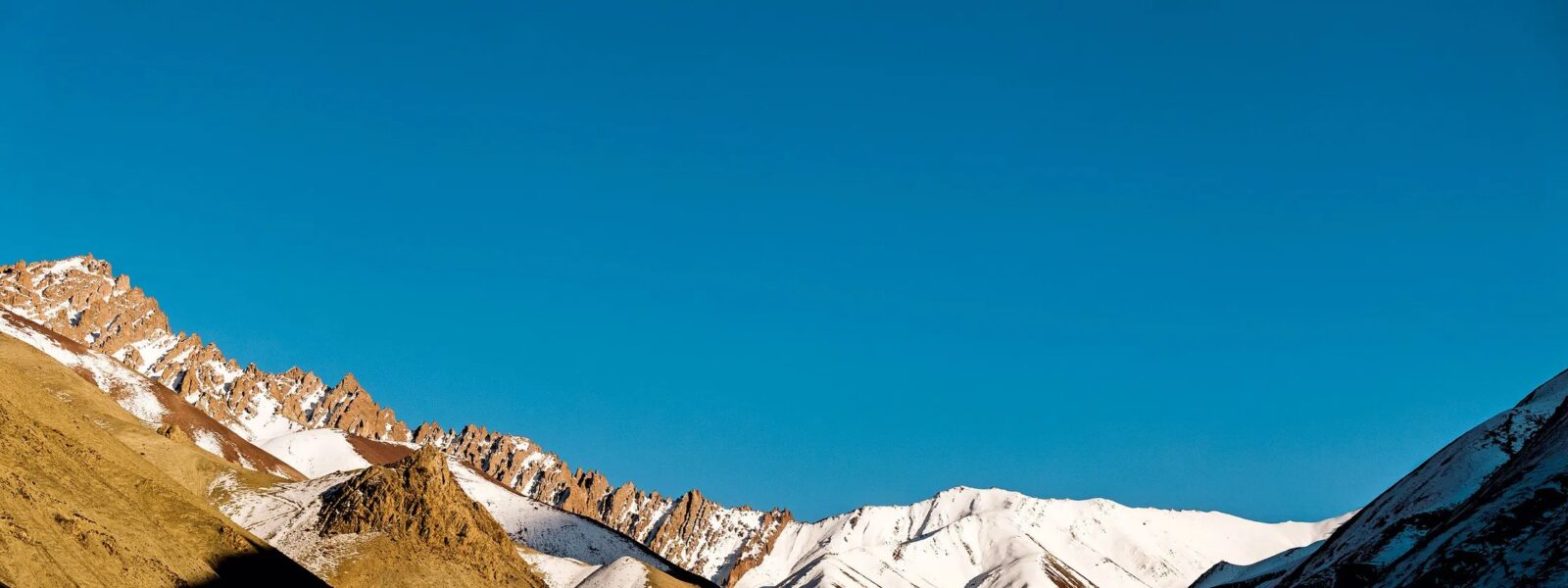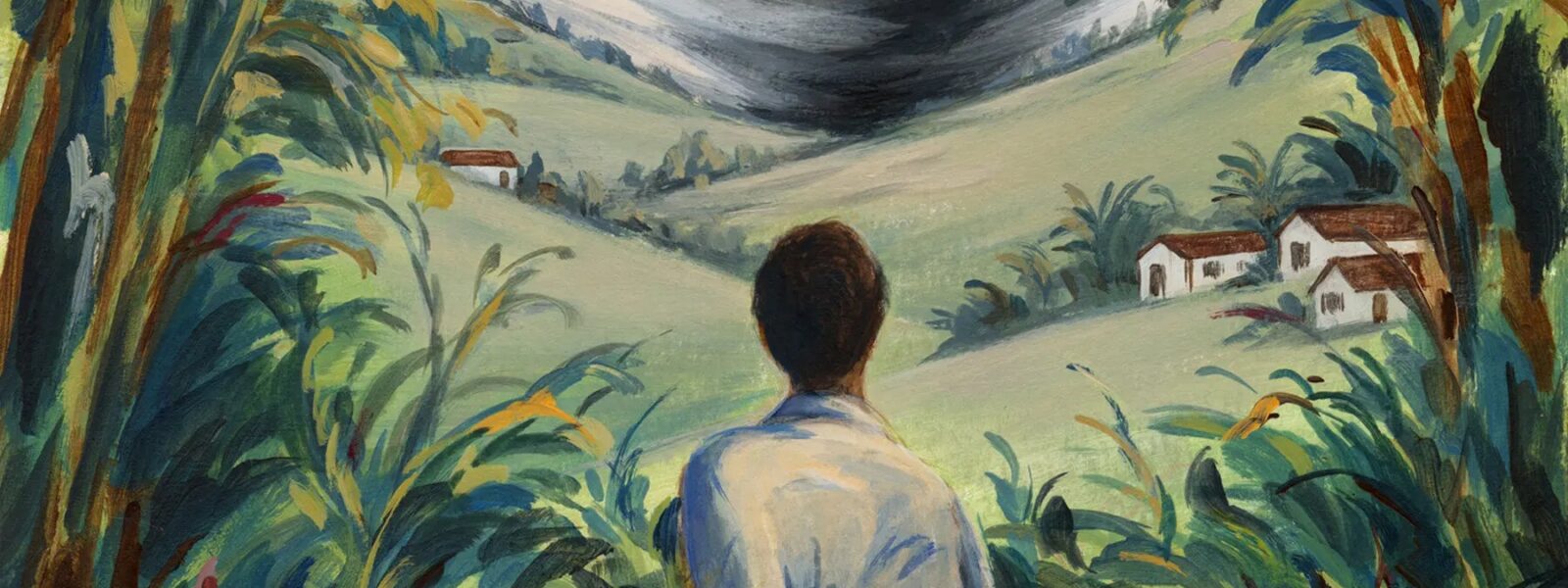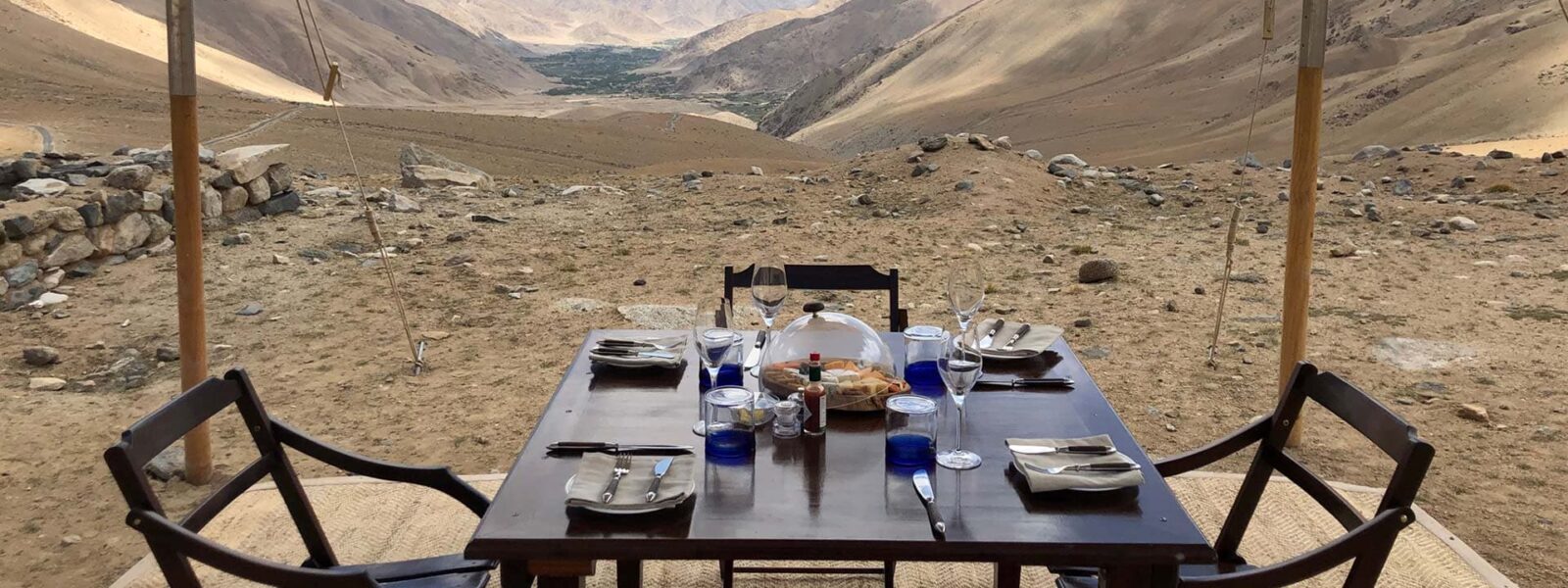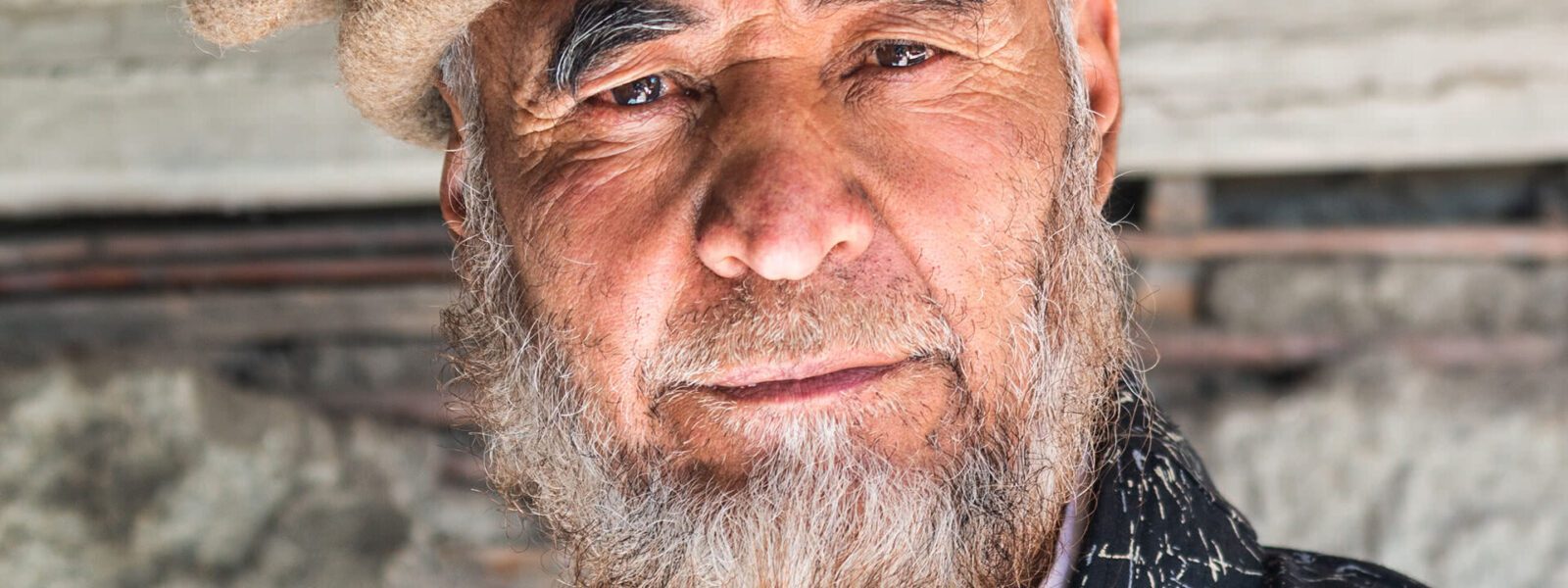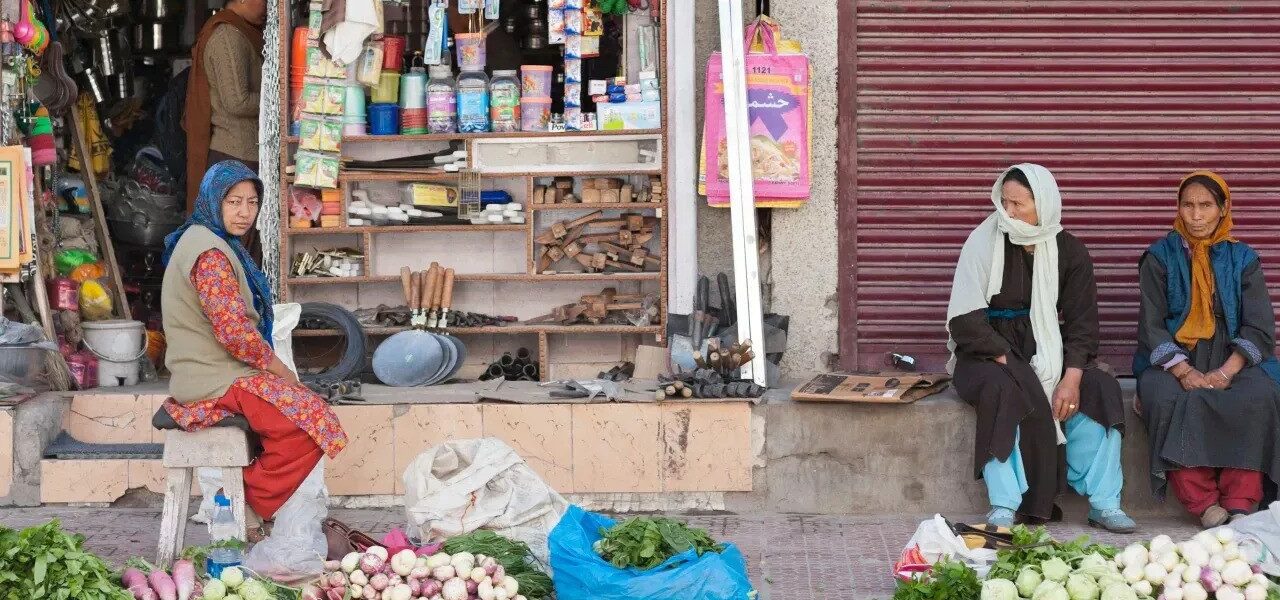Aryan Villages in Ladakh: Discover the Unique Culture and History of the Brogpa Tribe
The Aryan community in Ladakh, also known as the Brogpa tribe, is one of the most fascinating and ancient ethnic groups in the region. Nestled in the Batalik sector, these tribes have lived in isolation for centuries, preserving their unique customs, language, and traditions. With the growing interest in cultural tourism in Ladakh, exploring these Aryan villages offers a rare opportunity to learn about their rich history and heritage.
In this post, we’ll explore the major Aryan villages in Ladakh such as Dah, Hanu, Garkon, Kukshow, and Sanjak, along with their cultural significance and the best time to visit.

Introduction to the Aryan Villages of Ladakh
The Aryan villages in Ladakh are primarily home to the Brogpa tribe, an ethnic group believed to have Indo-Aryan roots. Spread across the villages of Dah, Hanu, Garkon, Darchik, Sanjak, and Kukshow, the Brogpa people have maintained their distinct identity through language, traditions, and festivals. These villages are remote and situated at high altitudes, offering breathtaking views of the rugged Himalayan terrain.
Here’s a list of the major Aryan villages in Ladakh:
| Aryan Village |
Notable Features |
Location |
| Dah |
Known for preserving ancient Aryan customs |
Near the Indus River |
| Hanu |
Famous for Brogpa festivals and traditional dances |
Close to Dah |
| Garkon |
A hidden gem with unique Aryan traditions |
Batalik sector |
| Darchik |
Rich in Brogpa cultural heritage |
Batalik sector |
| Kukshow |
Isolated village with untouched Aryan customs |
Near Chiktan |
| Sanjak |
Famous for Brokskat-speaking Aryans |
Near Dah Hanu |
What Makes Aryan Villages Unique?
The Aryan villages in Ladakh are unique for several reasons:
- Ancient Aryan Heritage: The Brogpa people are thought to be descendants of the Indo-Aryans who migrated to the region thousands of years ago. This ancestry is reflected in their distinct physical features, language, and customs.
- Language: The Brokskat language, spoken by the Brogpa people, is unique to this community. It’s a rare language that has been passed down through generations, and it plays a crucial role in the preservation of their cultural identity.
- Distinctive Festivals: The Brogpa people celebrate several unique festivals throughout the year. These include harvest festivals and traditional Brogpa dances, which are vibrant expressions of their ancient customs. Tourists visiting during festival times can witness these lively celebrations.
- Traditional Attire: The people of the Aryan villages are known for their traditional clothing, which includes intricately woven garments adorned with floral headpieces. These outfits are often worn during Aryan festivals and rituals.
Exploring the Major Aryan Villages in Ladakh
1. Dah and Hanu: The Heart of Aryan Culture
Dah and Hanu are two of the most prominent Aryan villages in Ladakh. Situated along the banks of the Indus River, these villages are home to the largest concentration of the Brogpa tribe. The villagers still practice their ancient agriculture methods, and visitors are welcomed with a glimpse into Aryan ancestry and culture.
- Best Time to Visit: The ideal time to visit Dah and Hanu is during the summer months from May to September. This is when the weather is most pleasant, and several cultural festivals are held.
- Cultural Significance: Both villages are known for their strong Brogpa traditions and festivals, including colorful harvest celebrations. The Brokskat language is widely spoken here.

2. Garkon and Darchik: Hidden Aryan Villages
Garkon and Darchik are two of the lesser-known Aryan villages, but they are just as rich in Aryan heritage. Located in the Batalik sector, these villages are more secluded, offering a more intimate experience of Brogpa culture.
- Garkon is famous for its beautiful landscapes and its Brogpa customs, which include traditional dances and music that are performed during important Aryan festivals.
- Darchik is renowned for its well-preserved Indo-Aryan traditions and offers a rare opportunity to see how the Brogpa people have maintained their cultural identity over the centuries.
Comparison Table: Garkon vs. Darchik
| Feature |
Garkon |
Darchik |
| Location |
Batalik sector |
Batalik sector |
| Festivals |
Harvest festival |
Aryan New Year |
| Language |
Brokskat |
Brokskat |
| Accessibility |
Limited |
Limited |
| Main Attractions |
Traditional Aryan customs |
Indo-Aryan heritage |
3. Kukshow Village: A Hidden Aryan Settlement
Kukshow (sometimes spelled Kokusho) is a small, isolated Aryan village that few tourists visit. Despite its remote location, Kukshow holds great significance for the Brogpa people. The village is home to some of the most authentic Aryan festivals and offers a peaceful atmosphere away from the more popular tourist destinations.
- Key Attractions: Visitors can experience the unspoiled culture of the Brogpa people, including their traditional rituals and Brokskat language.
- Best Time to Visit: Summer is the best time to visit Kukshow, when the villagers celebrate various Aryan festivals and the weather is ideal for trekking through the stunning mountain landscapes.

The Language and Traditions of Aryan Villages
Brokskat: The Language of the Brogpa People
The Brokskat language is unique to the Brogpa tribe and is primarily spoken in the Aryan villages of Ladakh. This ancient language has survived the test of time and remains a cornerstone of the Brogpa identity. Tourists visiting the Aryan villages often find it fascinating to learn about the history of this rare language.
Festivals and Cultural Traditions
The Aryan villages are famous for their colorful festivals, which are a vital part of the Brogpa culture. Some of the most important festivals include:
- Harvest Festivals: These festivals celebrate the agricultural traditions of the Brogpa people. They are marked by traditional dances, music, and feasts.
- Aryan New Year: The Aryan people celebrate their own version of the New Year with rituals that reflect their ancient Indo-Aryan heritage.
Visitors who attend these festivals can witness the traditional attire of the Aryan people, including their distinctive flower-adorned headpieces and beautifully woven garments.
Best Time to Visit Aryan Villages
The best time to visit the Aryan villages of Ladakh is from May to September, when the weather is mild and favorable for trekking and cultural exploration. During these months, tourists can also experience various Aryan festivals and interact with the Brogpa people. Winters can be harsh, with heavy snowfall making some of the villages inaccessible.
| Month |
Weather |
Festivals |
| May – September |
Mild, ideal |
Aryan harvest festivals |
| October – April |
Cold, heavy snow |
Limited accessibility |
Preserving the Aryan Culture in Ladakh
The Aryan community in Ladakh has faced numerous challenges in preserving their ancient traditions in the face of modernization. However, efforts are being made to safeguard their cultural heritage. Local governments, NGOs, and even the Brogpa people themselves are working to ensure that their unique traditions, language, and festivals remain intact for future generations.

How to Reach the Aryan Villages
The Aryan villages, especially Dah, Hanu, and Kukshow, are located in remote parts of Ladakh, which can only be accessed by road. The nearest town is Kargil, and from there, visitors can hire a taxi or take a local bus to reach the villages. Due to the remote nature of these villages, it’s recommended to plan the trip during the summer months.
Conclusion
Visiting the Aryan villages of Ladakh offers an unparalleled opportunity to explore one of the world’s oldest Indo-Aryan cultures. Whether you’re drawn to the unique festivals, the Brokskat language, or the stunning Himalayan landscapes, the Aryan villages provide a deep dive into the rich cultural heritage of the Brogpa people.
For those seeking an off-the-beaten-path experience, Dah, Hanu, Garkon, Darchik, Kukshow, and Sanjak should be at the top of your list.
Q&A Section
Q1: Who are the Aryans of Ladakh?
The Aryans of Ladakh, also known as the Brogpa people, are believed to be descendants of Indo-Aryans. They live in isolated villages such as Dah, Hanu, and Garkon and have preserved their distinct language, customs, and traditions over centuries.
Q2: What is the significance of the Brokskat language?
Brokskat is the unique language spoken by the Aryan people in Ladakh. It plays an essential role in preserving their cultural identity and is spoken primarily in the Aryan villages like Dah, Hanu, and Garkon.
Q3: Which are the major Aryan villages in Ladakh?
Some of the major Aryan villages in Ladakh include Dah, Hanu, Garkon, Darchik, Kukshow, and Sanjak. These villages are rich in Indo-Aryan heritage and are famous for their festivals, traditions, and scenic landscapes.
Q4: When is the best time to visit Aryan villages?
The best time to visit the Aryan villages of Ladakh is between May and September when the weather is mild, and several Aryan festivals take place. Winters can be harsh, with limited accessibility.

Q5: How can I reach the Aryan villages in Ladakh?
The Aryan villages can be accessed by road, with the nearest town being Kargil. From there, travelers can take a taxi or local bus to reach villages like Dah, Hanu, and Kukshow. It’s recommended to visit during the summer months for better accessibility.
Q6: What are the main festivals celebrated in Aryan villages?
The Aryan villages celebrate several unique festivals, including harvest festivals and the Aryan New Year. These festivals feature traditional dances, music, and attire, providing a rich cultural experience for visitors.
Aryan villages in Ladakh
Aryan villages in Ladakh | The journey through Ladakh mirrors the very essence of unraveling unknown horizons, as its dramatic landscapes and unique cultural identity awaken the deepest sense of wonder and exploration. Aryan villages in Ladakhdelves into this realm where inner peace intertwines with the wild, untouched beauty of Ladakh. From the snow-capped peaks to the serene monasteries, every step in Ladakh is a step toward self-discovery. The mountains, ancient paths, and unspoken mysteries stretch before travelers, offering a meditative experience where each encounter feels both effortless and transformative. Whether it’s trekking across remote valleys or sitting quietly beside a sacred lake, Ladakh invites those who seek a deeper connection to the natural and spiritual world.

The History of Ladakh’s Aryan villages in Ladakh
The monasteries of Ladakh stand as living monuments to the region’s profound spiritual heritage. With origins dating back over a thousand years, these ancient structures are both places of worship and repositories of art, culture, and wisdom. Hemis Monastery, one of the largest in Ladakh, is renowned for its annual festival, featuring colorful mask dances performed by monks. The history of these monasteries reflects Ladakh’s role as a crossroads between India, Tibet, and Central Asia, where religious and cultural influences have intertwined over the centuries.
The Tibetan Buddhist influence is especially evident in the architecture and daily life of the monks. Prayer wheels, intricate murals, and the soft hum of chants fill the air as visitors explore the monastery grounds. Each monastery, from the remote Lamayuru to the awe-inspiring Thiksey, offers a window into the spiritual heart of Ladakh. These centers of meditation, learning, and community life continue to thrive, preserving traditions that have shaped Ladakh for generations.
Why Visit Ladakh for Aryan villages in Ladakh?
Ladakh is a destination that transcends mere travel. It offers a journey that touches both the outer and inner landscapes, making it a perfect setting for those who seek to unravel their own unknown horizons. The region’s breathtaking scenery—from towering mountain ranges to hidden valleys—provides not just an escape but a space for contemplation and growth. Ladakh’s culture, deeply rooted in Buddhist practices, invites visitors to reflect on their own lives and the world around them.
Ladakh’s people, known for their warmth and hospitality, add to the richness of the experience. Villages like Sumda Chun and the legendary Nubra Valley introduce travelers to a way of life that is intricately connected to nature and spirituality. Staying in local homestays allows for immersive experiences where one can learn about traditional Ladakhi customs, share meals made from local produce, and participate in community rituals.

Beyond its natural beauty, Ladakh offers a unique opportunity to explore oneself. The vastness of the region’s plateaus and the clarity of its skies seem to mirror the vastness of the human spirit. Whether it’s standing atop a mountain pass at 18,000 feet or meditating in a centuries-old monastery, Ladakh helps unravel the unknown horizons within each traveler.
Finding the Best Aryan villages in Ladakh in Ladakh
Finding the best places in Ladakh to experience “Aryan villages in Ladakh” involves venturing off the beaten path. Ladakh’s lesser-known treks, such as those leading to secluded monasteries or high-altitude lakes, offer unparalleled opportunities for solitude and reflection. The Markha Valley trek, for instance, takes travelers through verdant valleys, ancient villages, and high-altitude passes, allowing for both physical and spiritual exploration.
Ladakh’s iconic lakes, including Pangong Tso and Tso Moriri, are ideal spots for quiet contemplation. Their still waters reflect the sky, creating a mesmerizing landscape that feels timeless and infinite. Sitting beside these lakes, especially at dawn or dusk, brings an overwhelming sense of peace and connection with nature.

For those interested in Ladakh’s spiritual heritage, exploring monasteries such as Alchi, Phyang, or Diskit can be a transformative experience. These sites are not just places of worship but also centers of art, philosophy, and wisdom. Visiting these monasteries, with their ancient murals and intricate statues, offers insight into Ladakh’s rich cultural tapestry.
Ladakh’s Atmosphere and Aryan villages in Ladakh
Ladakh’s atmosphere is unlike any other place on Earth. The stark contrasts between the rugged mountains and the serene, tranquil monasteries create an environment that feels both raw and sacred. The traditional decor in Ladakhi homes and religious sites reflects this balance, with mud-brick houses adorned with prayer flags and colorful thangkas (Buddhist paintings) that add warmth and spiritual meaning to the space.

The interiors of Ladakhi homes, often simple and functional, are filled with symbols of devotion. Small shrines dedicated to Buddhist deities are common, and the air is often fragrant with incense. The use of earthy materials, like stone and wood, along with brightly colored textiles, creates an inviting and peaceful space, perfect for relaxation and reflection.
Traditional Ladakhi Cuisine
Traditional Ladakhi cuisine is an integral part of the region’s identity, offering a unique blend of flavors that reflect its harsh climate and remote location. Hearty, warming dishes such as thukpa (noodle soup) and momos (dumplings) provide the sustenance needed to endure Ladakh’s cold temperatures. Skyu, a thick stew made with root vegetables and barley, is another staple of the Ladakhi diet, designed to nourish both body and spirit.

Drinks like butter tea, made with yak butter and salt, are a must-try for anyone visiting Ladakh. This rich, savory drink is not only warming but also hydrating, making it essential for those venturing into the high-altitude regions of Ladakh. Chang, a local barley beer, is often enjoyed during festivals and community gatherings, adding a sense of joy and camaraderie to any occasion.
Live Cultural Aryan villages in Ladakh in Ladakh
Ladakh is home to a vibrant cultural scene, with festivals and live performances held throughout the year. The Hemis Festival, which celebrates the birth of Guru Padmasambhava, is one of the largest and most famous events in the region. Monks dressed in elaborate costumes perform cham dances, which depict the triumph of good over evil. The energy of the festival, with its bright colors, rhythmic music, and elaborate rituals, draws visitors from around the world.
Other local festivals, such as the Losar (New Year) and Ladakh Festival, provide visitors with the chance to witness traditional dance, music, and crafts that have been passed down through generations. These events are more than just entertainment; they are a celebration of Ladakh’s rich cultural heritage and its deep connection to the spiritual world.
Trekking and Outdoor Activities Aryan villages in Ladakh
Ladakh is a trekker’s paradise, offering some of the most stunning and challenging routes in the world. From the famous Aryan villages in Ladakh, which follows the frozen Zanskar River, to lesser-known routes like the Sham Valley or Nubra Valley treks, Ladakh’s landscape offers endless possibilities for adventure and discovery. The high-altitude passes, such as Khardung La and Chang La, offer breathtaking views of snow-capped peaks and sprawling valleys.

Wildlife enthusiasts will also find Aryan villages in Ladakh to be a haven for rare species such as the snow leopard, Himalayan blue sheep, and the Tibetan wild ass. Winter expeditions to spot the elusive snow leopard in the Hemis National Park are gaining popularity among wildlife photographers and conservationists alike.
The Importance of Preserving Ladakh’s Aryan villages in Ladakh
Ladakh’s rich cultural and environmental Aryan villages in Ladakh is under increasing threat from climate change and mass tourism. Preserving this unique region requires careful attention to sustainable tourism practices. Choosing eco-friendly accommodations, supporting local businesses, and participating in community-led conservation efforts are just a few ways that visitors can contribute to the preservation of Ladakh’s natural and cultural heritage.
Ladakh’s people have a long history of living in harmony with their environment, practicing sustainable agriculture, and maintaining a deep spiritual connection to the land. Visitors are encouraged to follow the same principles, leaving no trace and respecting the fragile ecosystems that make Ladakh so special.
Etiquette and Tips for Visiting Aryan villages in Ladakh
Before visiting Ladakh, it’s essential to understand and respect the region’s customs and traditions. As a deeply spiritual place, Ladakh requires visitors to dress modestly, especially when visiting monasteries or attending religious ceremonies. Always ask for permission before taking photographs inside monasteries or of local people.
Medical Aryan villages in Ladakh
Spa trail Aryan villages in Ladakh
Life on The Planet LADAKH

When Aryan villages in Ladakh, remember to stay on designated paths to avoid damaging fragile ecosystems. Tipping is appreciated but not expected in most settings, and it’s important to carry cash, as many remote areas do not accept credit cards. Lastly, be mindful of altitude sickness and take the necessary precautions when traveling to higher elevations.
Conclusion: Enjoying Aryan villages in Ladakh in Ladakh
Ladakh is a place where the physical and spiritual worlds converge, offering travelers a journey unlike any other. Whether you’re trekking across high-altitude deserts, exploring ancient monasteries, or simply sitting in quiet reflection by a mountain lake, Ladakh invites you to unravel your own unknown horizons. By respecting the region’s traditions and practicing sustainable tourism, you help ensure that Ladakh’s beauty and cultural richness will be preserved for future generations to explore and enjoy.



